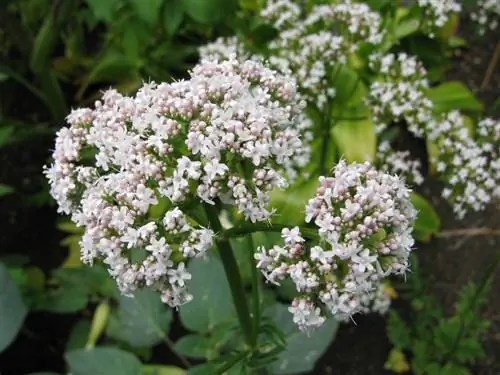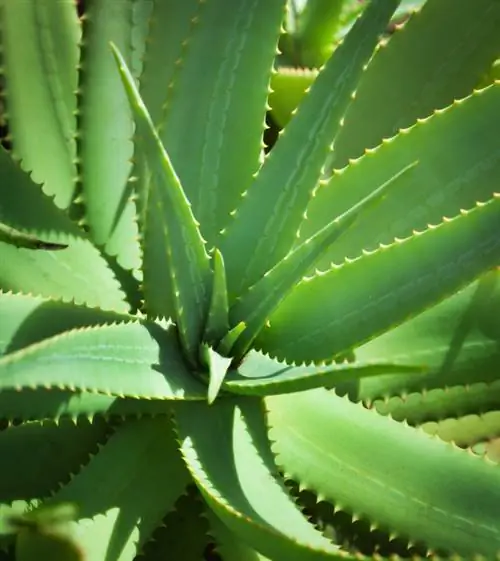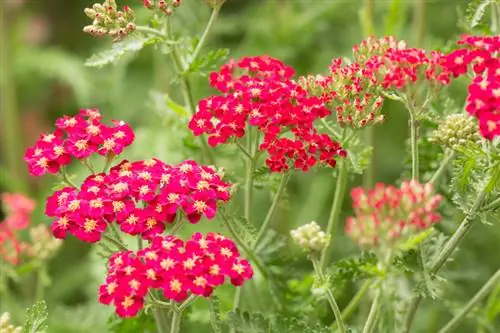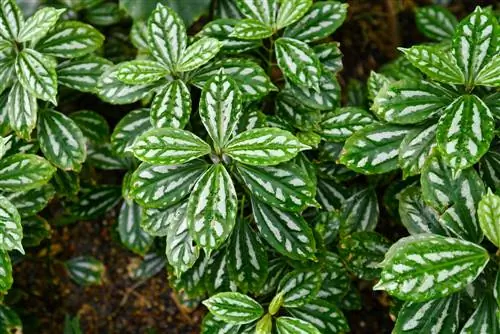- Author admin [email protected].
- Public 2023-12-16 16:46.
- Last modified 2025-01-23 11:20.
Valerian is a member of the honeysuckle family and is found all over the world. But which species are important, what characteristics define them and where do they come from?
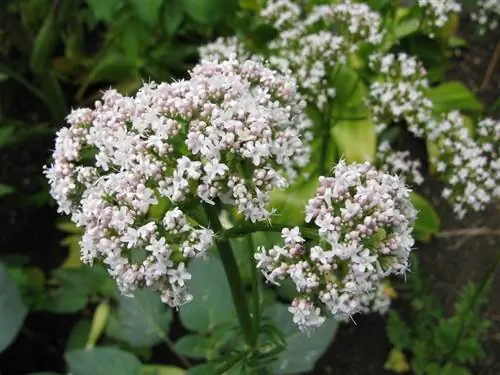
How many species of valerian are there and which ones are important?
There are over 200 species of valerian worldwide, around 20 of which are native to Europe. Some important species are Valeriana officinalis (true valerian), Valeriana jatamansi (Indian nard) and Valeriana celtica (true spikenard). All types of valerian contain essential oils and have a sleep-promoting effect.
More than 200 species
There are more than 200 species of valerian worldwide. Of these, around 20 species are native to Europe. Here are a few examples with their Latin names and their distribution area.
| Name | Latin name | Distribution area(s) |
|---|---|---|
| True Valerian | Valeriana officinalis | Europe, Asia |
| Creeping Medicinal Valerian | Valeriana procurrens | Germany |
| Three-leaf Valerian | Valeriana tripteris | Southern Europe |
| Bulb Valerian | Valeriana tuberosa | Southeastern Europe, Western Asia |
| Narrow-leaved Valerian | Valeriana wallrothii | Germany, Austria |
| Rock Valerian | Valeriana saxatilis | Switzerland to Albania |
| Mountain Valerian | Valeriana montana | Central to Southern Europe |
| Western Valerian | Valeriana occidentalis | USA |
| Little Valerian | Valeriana dioica | Europe to Central Asia, USA, Canada |
| Sharp-leaved Valerian | Valeriana acutiloba | USA |
| Headed Valerian | Valeriana capitata | Alaska, Canada, Russia |
| Indian nard | Valeriana jatamansi | Afghanistan, India, China |
| Real Speik | Valeriana celtica | Alps |
All valerian species have, among others, the following characteristics in common:
- belong to the valerian family
- are more or less medicinal
- Roots smell strong
- have a sleep-promoting and relaxing effect
- contain essential oils
- contain alkaloids
The most famous valerian: Valeriana officinalis
Valeriana officinalis is also known as real valerian. It is widespread in Europe, but also occurs in Siberia, Russia, China and Japan, among others. It prefers sunny to partially shaded locations with moist soil.
Its herbaceous growth reaches 1 to 2 m high. The lush green, imparipinnate leaves are up to 20 cm long and consist of lanceolate individual leaflets. The flowering period lasts from May to July.
Other valerians that play an important role as crops
These types of valerian are also known:
- Real Speik: 15 cm high, spike-shaped flowers from June to August, yellowish to reddish brown
- Indian nard: up to 60 cm high, loves dry locations, pink flowers in June
- Small Valerian: 35 cm high, umbrella-shaped, white to pink flowers from May to June
Tip
Valerian is also often referred to as cat's herb, Valerian witch's herb.

